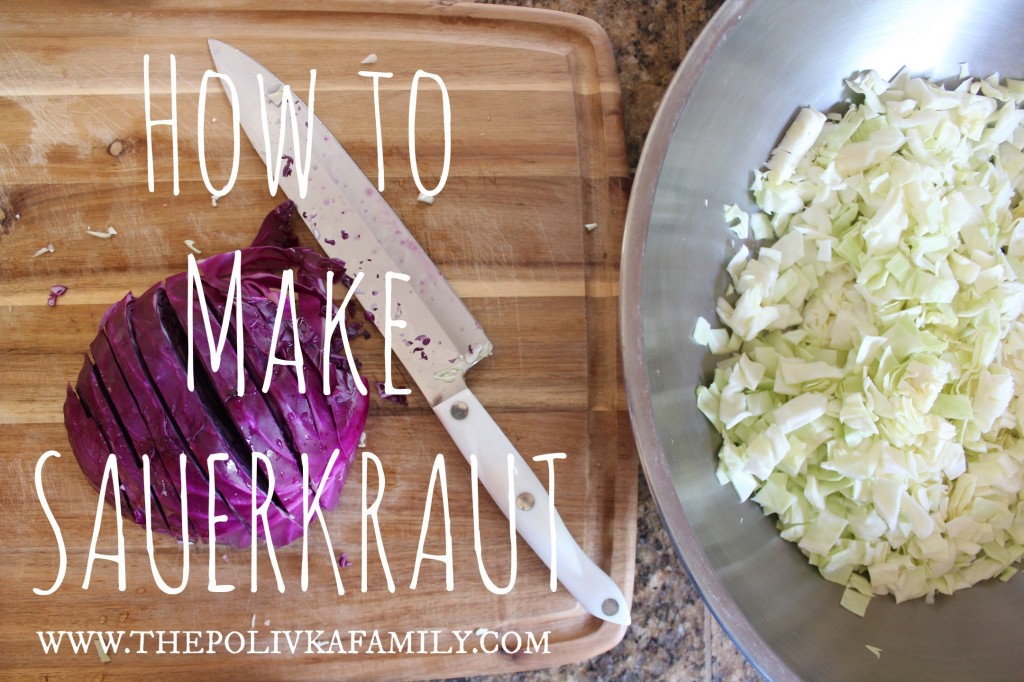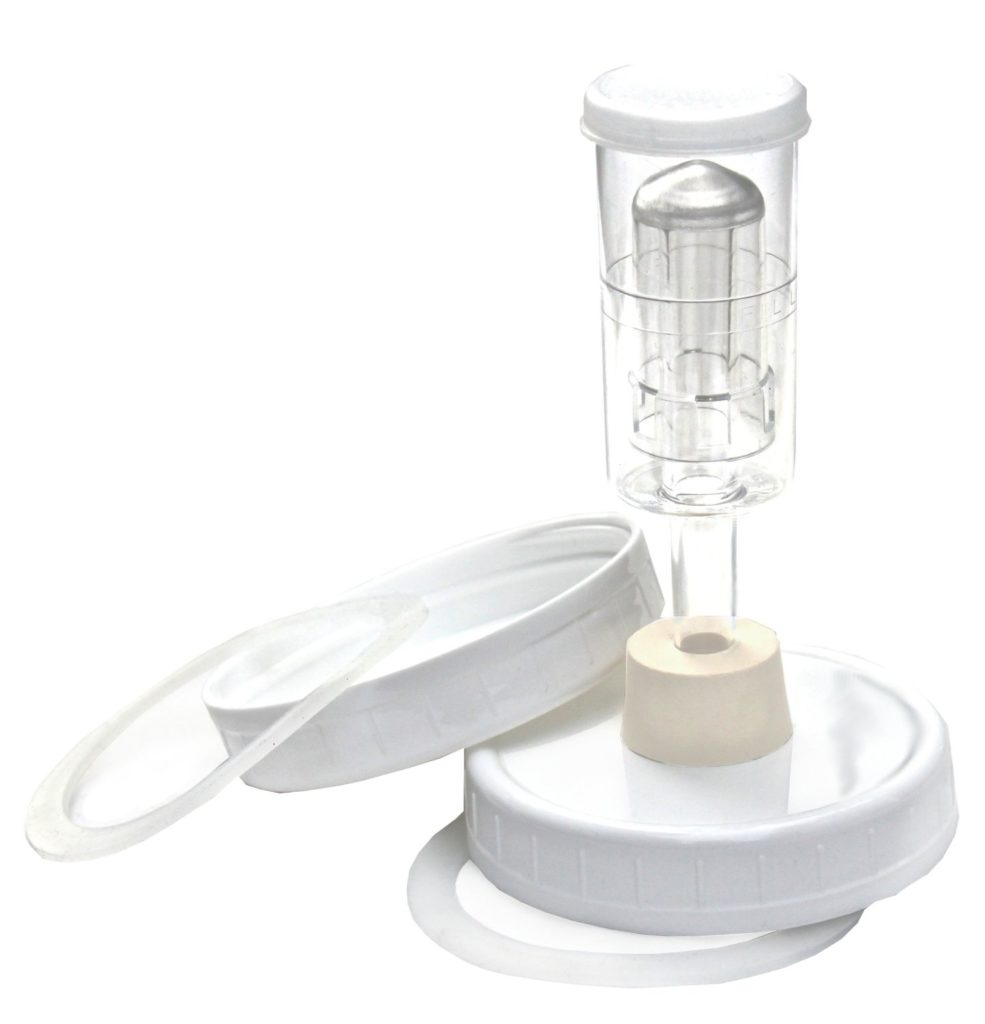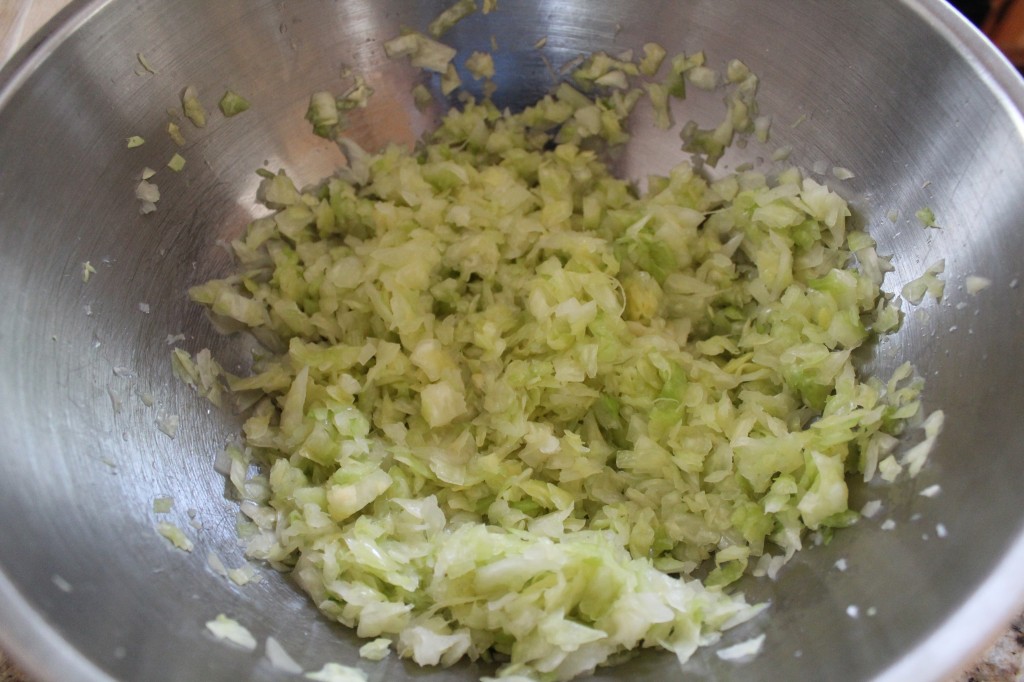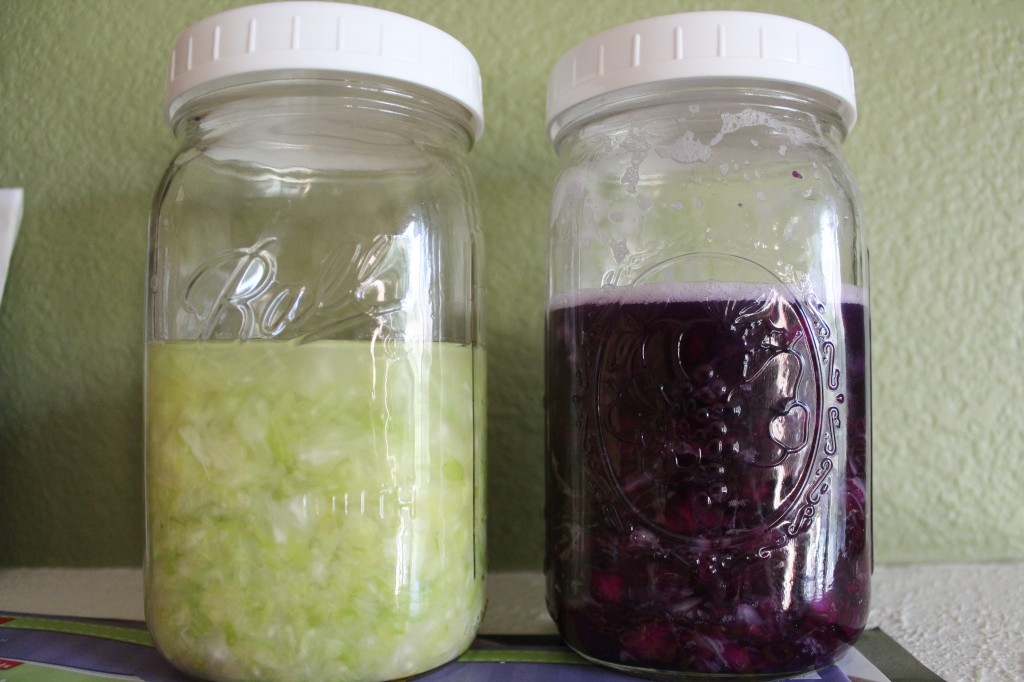Making sauerkraut at home is fun and easy! It’s a great thing to add to your daily routine. I like to eat a spoonful with lunch or dinner, and I often have a glass of kombucha, as well. :)
Healthy probiotics contribute to a thriving gut flora, and since 80% of your immune system is in your gut, I’d say this is pretty important!
Since I started culturing/fermenting foods at home, I’ve noticed a significant difference in my digestion. I don’t exactly know how to explain it, but I can tell a difference in the way my body feels when I eat probiotics with my meals and when I don’t. When I forget, I NOTICE because my body feels different, and I run to the fridge to get a bite of kraut, a sip of kefir, or a glass of kombucha.
The only way I can describe it, is that I feel VIBRANT and alive when I’m digesting well. And let’s face it, we’re always digesting something, right? Might as well be awesome at it! ;)
What container will you use?
First, you’ll need a vessel. I currently use quart size mason jars, but if you’re serious about making some amazing kraut, you can opt for something fancier (and better suited to the job): a traditional fermentation crock.
Or a modern day air-lock cap.
Vessels like these are actually made for fermentation and help keep out stray microbes that can potentially ruin your kraut, or at the very least introduce mold to them. The air-lock lids and the traditional ceramic crocks use special lids to let gas escape while keeping outside oxygen out.
How to make kraut
First, using green or purple cabbage (or a mix of both), shred or chop into whatever size you’re comfortable with. I prefer smaller/thinner versus larger/coarser, because when it’s finished, it has a more delicate texture.
Toss the cabbage with 2 TBSP of sea salt, and pound the cabbage to break up the cell structure of the leaves. This pulls the moisture out of the cabbage via osmosis to create a briny liquid to both ferment and preserve the cabbage.
If you like, you can add in other ingredients like shredded carrots, whole garlic cloves, beets, or fruit. I like to add in caraway seeds because of the unique flavor they impart.
Next, transfer the cabbage to your vessel, and pack it in as tightly as you can. I wash and dry my hands very well and then use my fist to tamp the cabbage down. The goal is to get the brine over any of the cabbage. Some people use boiled river stones or stone weights to weigh the cabbage down and keep it submerged.
Cover your vessel with clean cloth or a lid of some sort to keep out bugs, dirt, dust, etc. and set in a place where it won’t be disturbed. I currently have kraut fermenting on the mantle (away from my kefir and kombucha), but anywhere is good, as long as you don’t forget about it, and it’s not disturbed.
Observe your kraut the next day to make sure it is still under the brine. If the brine doesn’t cover the cabbage, make a solution of 1 cup of filtered water and 1 tsp of sea salt, and add it to the kraut until the level of the liquid is above the cabbage.
The time you want to ferment your kraut is up to you. I recommend at least 4 weeks to for maximum probiotic benefit. If you make a batch every 2 months, you should always have enough on hand.
Check on your kraut a couple times a week for mold. Mold isn’t a big deal as long as long as the kraut is still underneath the brine. Simply scoop it off with a spoon, keep calm and kraut on! ;)
Fermented foods culture more quickly in warm environments and more slowly in cool environments. Kraut becomes more tangy as it cultures, so keep tasting it as it goes on until it reaches a flavor you enjoy. Some people will ferment a gallon (or gallons!) at a time and simply scoop a pint out when they need it and continue fermenting the rest.
When you eat all the kraut, don’t forget to save the kraut juice! It’s great for fermenting other vegetables and side dishes (including salsa!), and it’s wonderful as a digestive aid.
Hope you’ve enjoyed this post! Happy krauting! :)
















I’m a fermentation fanatic myself and will say that while I definitely strive to choose organic when possible, you can make perfectly wonderful ferments using conventional produce. I’ve made different batches of kimchi that call for cabbage and radish varieties that are not often grown organically, at least where I live. As long as your process is solid conventional vegetables should do just fine. Happy fermenting!
My fermentation crock came with a pamphlet that urges the importance of using only organic cabbage. It says that conventionally grown cabbage will rot before it gets around to fermenting. I’ve only made sauerkraut once, with organic cabbage. I had to throw it away because of fruit fly larvae getting in the crock.
How important is it to use organic only? Where I live it’s very hard to get organic cabbage and I’d like to try it again with my cabbage from Aldi :)
I only use organic cabbage, because I’ve read the same thing.